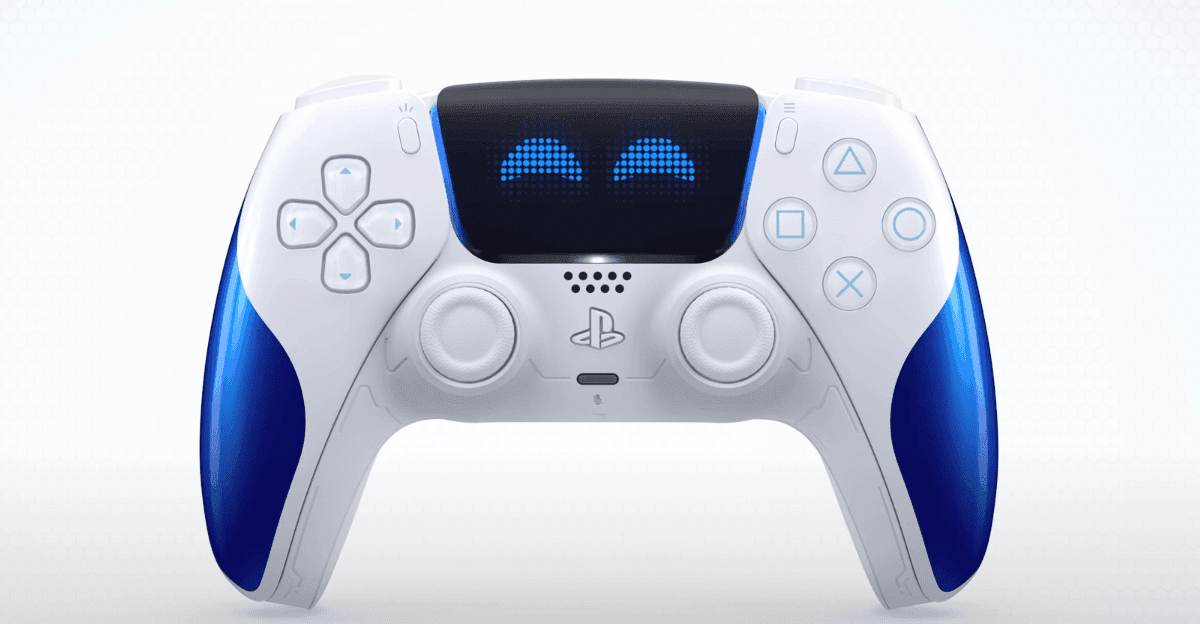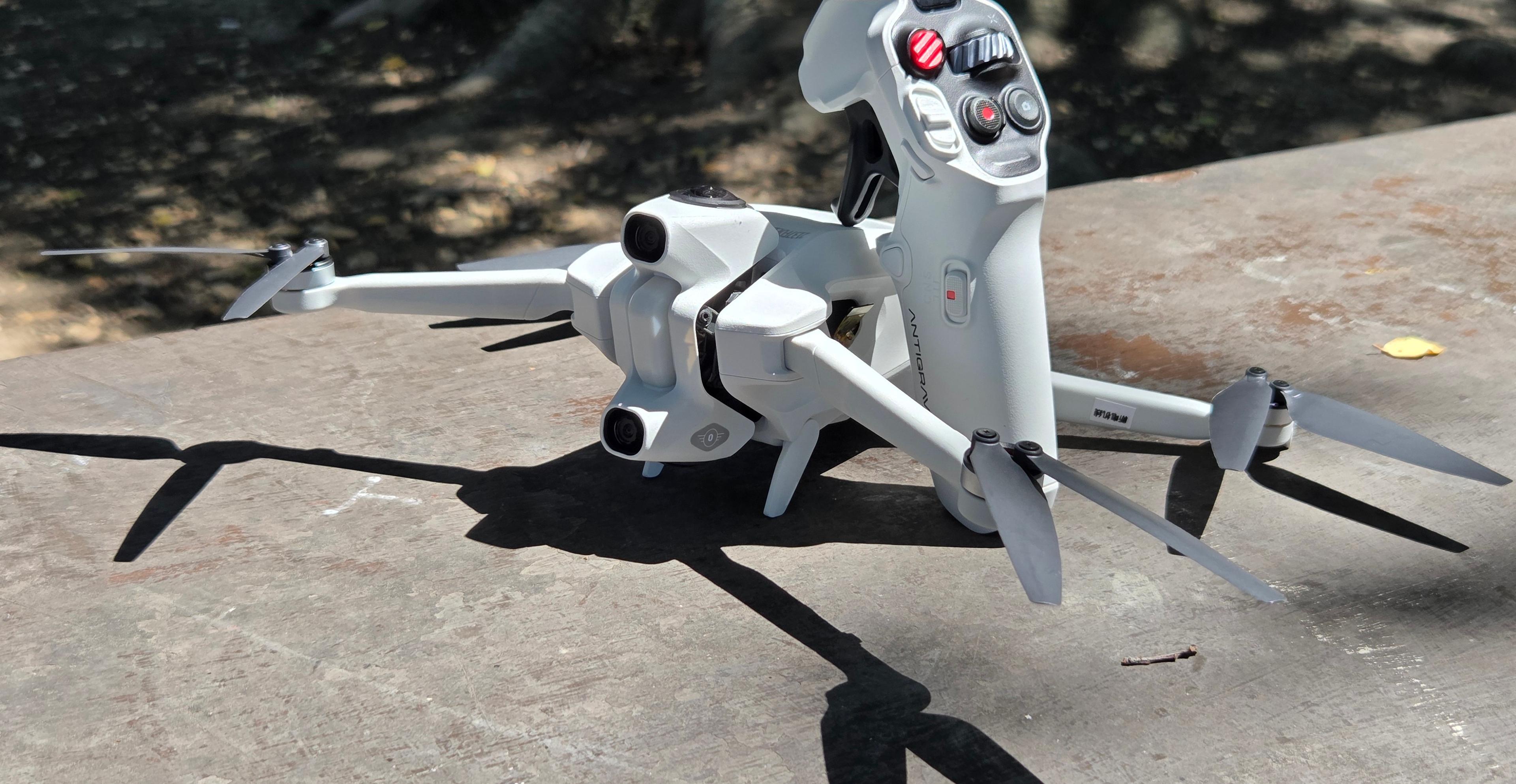If you look back through Apple’s history, it appears that the venerable iMac, the desktop computer that once saved the company from bankruptcy, may be running out of steam.
From 2002 to 2009, the iMac was consistently updated every couple of years. The gaps then began to grow: there was a span of over three years between the 2009 “unibody” iMac and the 2012 “slim” iMac and another three years before the Retina iMac in 2015. We then got the iMac Pro, but that was kind of its own thing; the real successor to the 2015 product didn’t arrive until 2021, almost six years later. That was the iMac in which Apple’s Silicon would debut.
Since then, we’ve gotten a refresh of the M1 Mac Mini, two generations of the Mac Studio, and a somewhat inexplicable refresh of the 2019 Mac Pro. There’s been a new MacBook Air and a bigger MacBook Air and a whole cadre of MacBook Pros. At this point, almost all of Apple’s lineup has been updated to the M2 (or M2 Pro, or M2 Max, or M2 Ultra) chip. But not the iMac.
In fact, as of this writing, Apple hasn’t updated the iMac in well over 800 days — which is the longest gap in recent memory and double the average gap between updates over its history. And that conspicuous hole in the M2 lineup has been making me wonder: in a future where MacBooks rule the market and most of the desktops Apple produces are niche, enthusiast products, where will the iMac fit?
Various factors could explain why Apple has been dragging its feet on upgrading the iMac. One could argue that it has to do with its target audience. The most recent iMac isn’t marketed heavily to professionals. It’s pushed as a family product, much like the original back in 1998. It comes in one size, seven colors (with matching keyboard and mouse accessories), and only a handful of configurations. It’s as port-starved and unupgradable after purchase as Apple’s laptop lineup.
It’s been well over 800 days since the current iMac came out
Apple’s promotional images show people video calling in their living rooms and children watching movies from bed. (If you have an iMac set up at the foot of your bed, please let me know. I’m intrigued.) Its array of color options (including the bright yellow that my TikTok feed fell in love with) makes it easy, we’re told, to customize for various areas of the house. Since this iMac is a consumer-focused, distinctly non-Pro device, perhaps its audience’s workloads largely aren’t pushing the M1 — and therefore won’t be boosted much by the M2.
The obvious counter to that is the MacBook Air, which is about as consumer-focused as a computer can get. Not only did Apple put the M2 chip in the Air last year but it also shipped out an even bigger MacBook Air this year, which has basically no differences from the regular M2 Air other than its size. In neither case did the company reconceptualize the MacBook Air’s form factor or push it toward an unexplored demographic. It just seemed to recognize value in keeping the most popular laptop on the market up to date.
Another theory I’ve seen thrown around is that Apple’s making an economic calculus: desktops just don’t sell as well as laptops do — and that Apple is therefore stuffing all of its eggs into the MacBook basket. There’s certainly truth to the first part. The desktop market, as a whole, is facing major headwinds. The first quarter of this year saw GPU sales hit their lowest point in decades. It’s also common knowledge that Apple’s MacBooks sell much better than its desktops do. The Pro and Air make up almost three-quarters of Mac sales, according to a recent CIRP survey.
But I don’t quite buy that, either, because Apple did update the Mac Mini and the Mac Studio. Those models, the same research indicates, each make up a whopping 1 percent of Mac sales. That’s right: those two flashy models are 2 percent of Apple’s computer sales combined. The iMac is 13 percent. (It’s hard to find data on who buys which Mac models, but anecdotally, I certainly see a whole lot more iMacs in doctor’s offices, spas, and other customer-facing businesses than I do Mac Minis, and the former certainly has a friendlier, more welcoming look than, say, the Pro Display XDR. I wonder if that’s part of it.)
There’s no shortage of other cynical ways that one could view the lack of updates to the iMac. Maybe Apple wants to curb the all-in-one desktop to sell more of its own displays. Maybe it worries about cutting into the sales of its newer Mac Studio. But I’m choosing, partially for my own sanity, that an iterative M2 upgrade was skipped for another reason: that for the iMac’s 25th anniversary, Apple is planning something very cool.
While the most recent MacBooks are fantastic machines, and the portability they offer is quite valuable to a lot of people, I still think the iMac occupies a unique place in Apple’s lineup. For one, where else can you get a yellow Mac? (You can’t — and no, rose gold doesn’t count.)
But more importantly, the iMac delivers a large high-quality screen and a simple setup in one. If you buy the Mac Mini but also want an Apple display, your options are either the Pro Display XDR (in which case you can say goodbye to a whole bunch of money) or the Studio Display (which also costs more, on its own, than most configurations of the current iMac). You can use a third-party display, of course, but the build quality won’t be nearly as good.
Even if the prices of a display, microphone, and webcam aren’t cost-prohibitive for you, there’s just a simplicity to the iMac. Reviewing the Mac Studio was a whole process of opening a bunch of boxes and arranging wires and plugging all kinds of things in. Reviewing the 2021 iMac was a matter of plonking the thing onto a desk and turning it on — unchanged from the simple and easy experience Apple provided in 1984 and 1998.
And it’s not only families who value that kind of convenience with a giant screen. There’s a market for it in the professional space, too. I remember the pre-Apple Silicon days when every designer or video editor I know was on a 27-inch 5K iMac. The office I was working in at the time had a truckload of them scattered across its edit bays. They were ginormous, and the fans always seemed to be running at full speed. These days, most of those acquaintances have moved over to the MacBook Pro. They love that it’s a simple all-in-one system, it’s quiet and cool, and its combination of speed and efficiency is unparalleled in the enterprise PC space, but the most common complaint I hear is about screen size; when you’re working in programs like Premiere, especially for those with vision that isn’t exactly 20/20, 16 inches can be just a bit small.
I like to imagine an iMac with the slim and functional design of the current model but the power of the Mac Studio and a screen the size of a Pro Display XDR. While it may be early for a complete redesign of the current 24-inch device, it’s about time we had a new version with the screen real estate and power ceiling of the last 27-inch Intel models. And while kids watching movies in bed may not care about incremental chip bumps, video and design professionals certainly do.
Rumors have been predicting new iMacs for a while — perhaps Apple has something special in store for the iMac’s silver anniversary
The rumor mill seems to agree that something like this is coming. For one, it’s likely that we’re getting a new iMac of some kind before the end of 2023. The exact forecast has been a bit of a journey — first it was the second half of this year, which was pushed to early next year, but it also now might be October of this year — but it does seem likely that this new iMac will be one of the first Mac models to include the as-of-yet-unreleased M3 chip. Maybe the next iMac has traits or capabilities that made it the best possible showcase for the CPU’s debut. Exciting! Oh, and there also may be a monstrous 32-inch model coming a few years down the road. That’s a lot of inches.
The iMac was once the computer that everyone I knew had on their desk. That is now, without question, the MacBook. The laptop, as a category, has come so far and permeated culture so thoroughly in the past two decades that it’s hard to see any desktop — regardless of its purported numbers — as a mainstream option. I wouldn’t be surprised if, like the Mac Studio, the iMac leans more into a niche over the next few years. Maybe that’s offices that want a beautiful setup. Maybe that’s people with yellow bedrooms.
Or maybe it’s the high-performance space. If there’s an opening in the market for a premium desktop like the Mac Studio, I don’t see why there’s not a larger one for a premium iMac. It could essentially be a MacBook Pro with a much larger built-in screen than any MacBook Pro can provide. Plus, maybe this one could also come in yellow.



:format(webp)/cdn.vox-cdn.com/uploads/chorus_asset/file/24707422/Apple_WWDC23_macOS_Sonoma_hero_230605_big.jpg.large.jpg)
:format(webp)/cdn.vox-cdn.com/uploads/chorus_asset/file/9867223/jbareham_171213_2180_0021.jpg)













